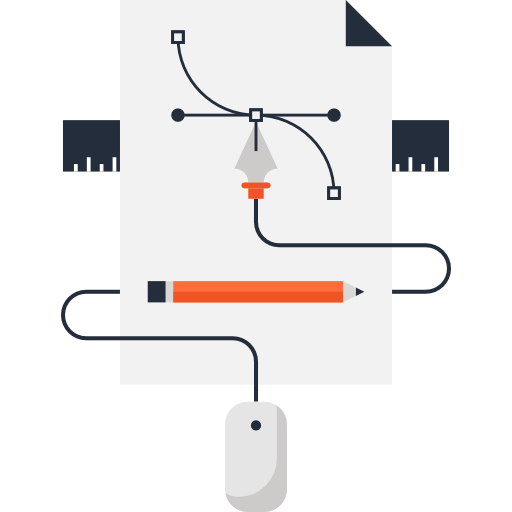L'exercice suivant est automatiquement et aléatoirement généré par ataraXy.
Si vous regénérez la page (F5) les valeurs seront changées.
La correction se trouve en bas de page.
Exercice
Un bon diagramme de Venn découpe le référentiel en \( 8 \) zones représenté ci-dessous et numérotées de \( z_1 \) à \( z_8 \) .Associer à chaque ensemble la zone à laquelle il est associé.
- \( A \cap \overline{B} \cap \overline{C} = \)
- \( \overline{A} \cap \overline{B} \cap C = \)
- \( A \cap B \cap C = \)
- \( A \cap B \cap \overline{C} = \)
- \( \overline{A} \cap B \cap C = \)
- \( \overline{A} \cap \overline{B} \cap \overline{C} = \)
- \( \overline{A} \cap B \cap \overline{C} = \)
- \( A \cap \overline{B} \cap C = \)
Cliquer ici pour afficher la solution
Exercice
- \( A \cap \overline{B} \cap \overline{C} = z_{4}\)
- \( \overline{A} \cap \overline{B} \cap C = z_{6}\)
- \( A \cap B \cap C = z_{8}\)
- \( A \cap B \cap \overline{C} = z_{3}\)
- \( \overline{A} \cap B \cap C = z_{7}\)
- \( \overline{A} \cap \overline{B} \cap \overline{C} = z_{1}\)
- \( \overline{A} \cap B \cap \overline{C} = z_{2}\)
- \( A \cap \overline{B} \cap C = z_{5}\)





